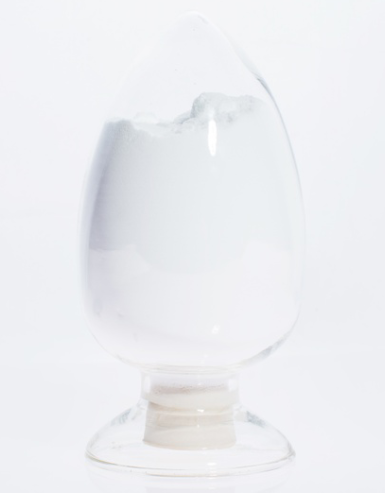
News
Aug . 11, 2024 22:12 Back to list
Safety Data Sheet for High-Quality EDTA Chelating Agent and Its Usage Guidelines
Understanding High-Quality EDTA Chelating Agent and Its Safety Data Sheet (MSDS)
EDTA, or Ethylenediaminetetraacetic Acid, is a powerful chelating agent that plays an essential role in various industries, including pharmaceuticals, agriculture, and environmental science. High-quality EDTA is particularly sought after for its effectiveness in binding metal ions, thus aiding in various applications such as detoxification processes, water treatment, and manufacturing.
The use of EDTA in different sectors necessitates a comprehensive understanding of its properties, benefits, and safety protocols, which are typically detailed in a Material Safety Data Sheet (MSDS). An MSDS serves as a crucial resource, providing essential safety guidelines concerning the handling, storage, and potential hazards associated with the chemical.
Chemical Properties and Applications
EDTA is a colorless, odorless crystalline substance that is highly soluble in water. Its structure enables it to form stable complexes with metal ions, effectively reducing their reactivity. This property is particularly advantageous in medical applications, such as treating heavy metal poisoning and in chelation therapy for heart disease. In agriculture, EDTA is used to enhance nutrient availability by chelating metal ions in soil, thus improving plant growth.
In industrial settings, high-quality EDTA is integral to the formulation of cleaning agents, where it helps improve efficacy by softening water and preventing mineral deposit build-up. Furthermore, in wastewater treatment, EDTA aids in removing harmful metals, thus contributing to environmental protection.
Safety Considerations
Despite its widespread applications, the handling of EDTA requires strict adherence to safety guidelines, which are outlined in its MSDS. The MSDS provides vital information about potential hazards, including
1. Chemical Identification It lists the chemical's composition and properties, ensuring users can quickly identify the substance they are working with.
high quality edta chelating agent msds

2. Hazard Identification It outlines potential hazards associated with EDTA, including its effects on health, possible environmental impact, and flammability.
3. First Aid Measures In the event of exposure, the MSDS provides instructions for immediate care, such as what to do if EDTA comes into contact with skin, eyes, or if ingested.
4. Fire Fighting Measures Although EDTA itself is not flammable, the MSDS details appropriate extinguishing methods in case of a fire, related to any contaminants.
5. Accidental Release Measures Guidelines for containing spills and managing leaks are crucial, emphasizing the importance of swift and effective action to mitigate potential environmental impact.
6. Handling and Storage Recommendations for safe handling practices, including the use of personal protective equipment (PPE) such as gloves and goggles, and ideal storage conditions to avoid degradation or reaction with incompatible substances.
7. Exposure Controls/Personal Protection Guidance on maintaining safe working levels of exposure to EDTA and the measures necessary to ensure thorough ventilation in work areas.
Conclusion
High-quality EDTA remains a vital chelating agent in numerous applications, driven by its unique ability to bind and stabilize metal ions. However, the importance of safety cannot be overstated. Understanding the MSDS for EDTA provides critical insights into the necessary precautions, ensuring that users manage this chemical safely and effectively.
As industries continue to evolve and the demand for efficient chelating agents grows, ongoing education and adherence to safety practices will be key to harnessing the benefits of high-quality EDTA while minimizing risks to human health and the environment.
-
Polyaspartic Acid Salts in Agricultural Fertilizers: A Sustainable Solution
NewsJul.21,2025
-
OEM Chelating Agent Preservative Supplier & Manufacturer High-Quality Customized Solutions
NewsJul.08,2025
-
OEM Potassium Chelating Agent Manufacturer - Custom Potassium Oxalate & Citrate Solutions
NewsJul.08,2025
-
OEM Pentasodium DTPA Chelating Agent Supplier & Manufacturer High Purity & Cost-Effective Solutions
NewsJul.08,2025
-
High-Efficiency Chelated Trace Elements Fertilizer Bulk Supplier & Manufacturer Quotes
NewsJul.07,2025
-
High Quality K Formation for a Chelating Agent – Reliable Manufacturer & Supplier
NewsJul.07,2025
